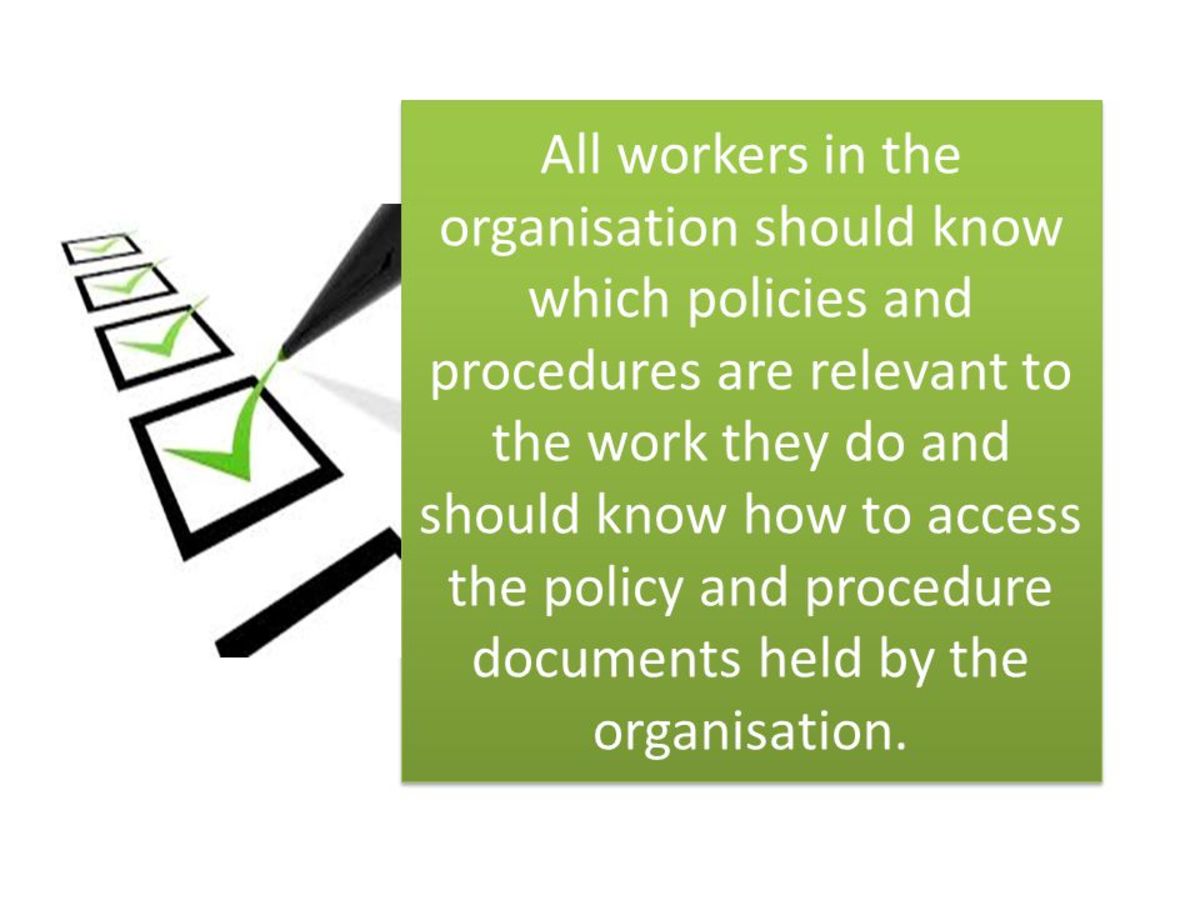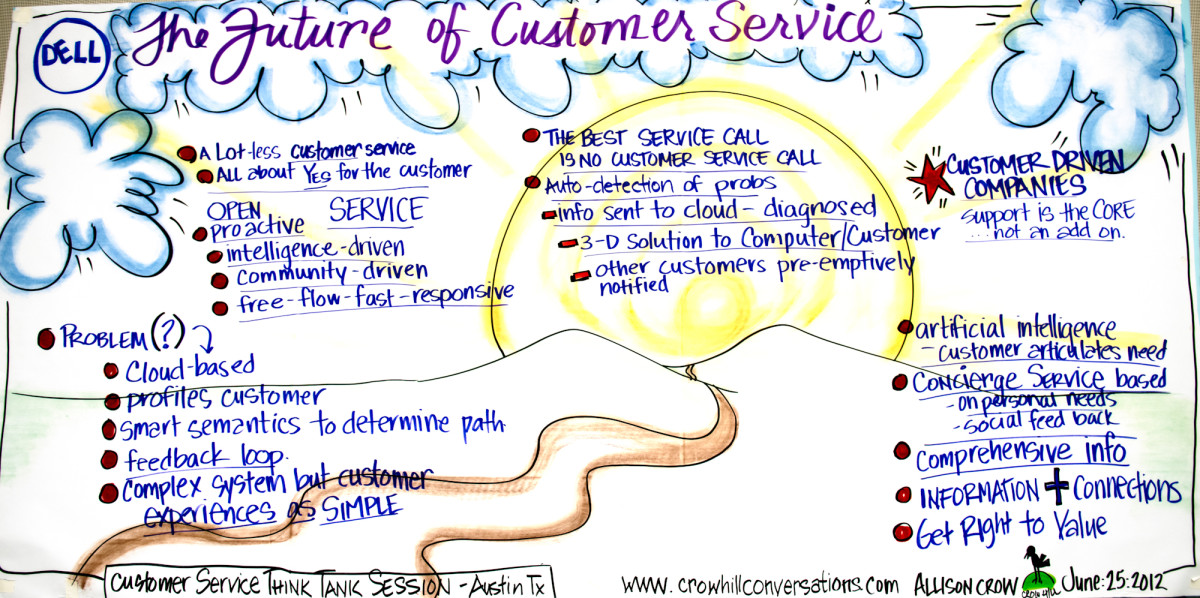Salespeople and Retail Workers: How to Deal with Difficult and/or Upset Customers
The Lost Art of Customer Service
Customer service.
It’s definitely a lost art.
Unfortunately, these days it can generally be more accurately described as customer disservice.
But it’s a fixable problem. A little (un)common courtesy on both sides is in order. Customers need to work harder to keep their composure when things aren’t going their way, and customer service personnel need to bring their A-game to work—especially during busy times when the added hustle and bustle can contribute to flared tempers.
In the equation of customers and customer service personnel, the weight of responsibility, however, definitely rests with the person being paid to provide such service. It is the job of the dedicated salesperson or customer service agent to excel at handling customers. If you work in a job where there is extra stress because of the nature of the business (airlines are a great example—especially during the holidays and when there is bad weather), make it your personal mission to handle every customer service opportunity with your best effort and a positive attitude. You’ll feel better about yourself, your job and life in general.
The Basis of Excellent Customer Service
Learn Your Job
The first step is to take seriously the training that you’re provided with to do your job. Really understand store or company policies and work hard to be proficient at every part of your job.
This is oftentimes the area where problems arise. A customer will come in with a complicated return, or an issue with their bill and the customer service person will be clueless about what to do. That’s always a rough start.
If you haven’t been trained on the finer points, always reassure the person whom you’re assisting that you will be happy to find the answer and then do just that. Find the answer and do it quickly.
People are much less likely to get angry if they feel like the person they’re dealing with cares and is working hard to handle the problem.
The bottom line is that knowing your job inside and out will reduce angry confrontations with unhappy customers. You’ll be able to easily answer questions and resolve issues because you will have the knowledge necessary to respond immediately to customer inquiries and deal with any unusual problems that may arise.
Fine-tuning Your Customer Service Skills
Here are several steps that you can take to make your job easier, more fulfilling and less prone to meltdowns:
1) Smile. This one seems like a no-brainer, but it’s actually quite rare to be greeted by a smile from customer service agents and salespeople these days. Even if it’s over the phone, people still know when you have a smile in your voice. Since smiles are like yawns—they’re infectious—make it a priority to start your customer encounters off on the right foot.
2) Use the customer’s name. When you’re working with the public, try to use their names whenever possible. It will help personalize your service and make the customer feel special. Try to use the most formal version of his or her name (use the Mr. or Ms. or Dr. in front of their last name) unless you only know their first name.
3) Listen. When a customer has a complaint, work hard to really listen to what the problem is. Many times, customer service people will respond with irritation to an angry customer, and miss the entire reason for the customer’s anger. Repeat back to the customer what you think the problem is to show them that you’re listening and to help clarify the issues.
4) Don’t get angry or defensive. If a customer is angry and attacking you, do not resort to the same tactics. Be calm. Use an inside voice. Show that you’re listening by repeating the issue and then give them the information they need according to store policy that will help resolve the issue. If you cannot help them with the problem because store policy prevents it, ask a supervisor to come in to back you up. Be calm when you explain the problem to your supervisor in front of the customer.
5) Don’t assume the customer is wrong. It used to be that the customer was always right. Nowadays, it seems as if the opposite assumption is made. Find the middle ground. Sometimes, customers are wrong, but if they are, don’t make a huge scene about it. Just calmly explain the reasoning behind the decision. Be ready to repeat yourself (again, calmly) until you are heard.
6) Don’t train your customers. It’s very annoying to be told, as a customer, that one has not followed the store policy properly and that this is the cause of the problem. If a customer is unclear about a particular policy point at your store, you as the customer service agent should work around that. Don’t tell the customer that they did something wrong. Just explain what the store policy is and leave it at that. How are customer’s supposed to know what the store wants? They’re not. So don’t expect them to. And don’t train them for your convenience for the future.
7) Find common ground. When things get out of hand with a customer, do your best to find common ground and then work from there. If a customer has a complicated return to do, work through all of the issues verbally before you begin to enter things into the register.
8) Don’t take things personally. If a customer is being rude, realize that the issue lies with them, not you. Because you are the face of your company, a customer may seem to attack you personally, but always remember that they don’t know you, so it’s really the company that they’re attacking. Stay calm. Stay professional. And if a customer becomes abusive or threatening, get help immediately.
9) Have the big picture. Sometimes, it’s a good idea to really think through whether a customer’s request is unreasonable, or whether handling their issue, even if it’s slightly counter to store policy will serve the greater good. Don’t let small issues become big ones. Negative word of mouth can do a lot of harm to a company, so if a small measure on your part will resolve the problem and satisfy the customer, that may be the best route. Obviously, that is not to say that you should do anything unethical or cost the company a lot of money, but small measures can go a long way to making customers happy. If you can make a simple fix that will in turn make everything better, don’t stick to the letter of policy at the expense of your firm’s reputation. Inform your supervisor of your decision so that everyone is clear and nothing is hidden.
10) Stay positive. Make it a personal challenge to be the kind of customer service person or salesperson who can keep their cool in the face of a hot temper. Use the power of a positive attitude to handle your customers and you will likely rarely face an unmanageable situation.
In fact, having a great attitude toward your work—no matter what you’re being paid—will make your job performance something you can be proud of. If you hate your job, you will be a magnet for all manner of negative experiences, in part because your attitude will fuel the fire. Customers will be nastier much more quickly with the person who is serving them if that person has a bad attitude, doesn’t know their job, and/or just plain doesn’t care.
No matter what, everyone who works in customer service will experience a difficult customer or two, but the experience will be much shorter and less volatile for the employees who care to do their best in every instance.








